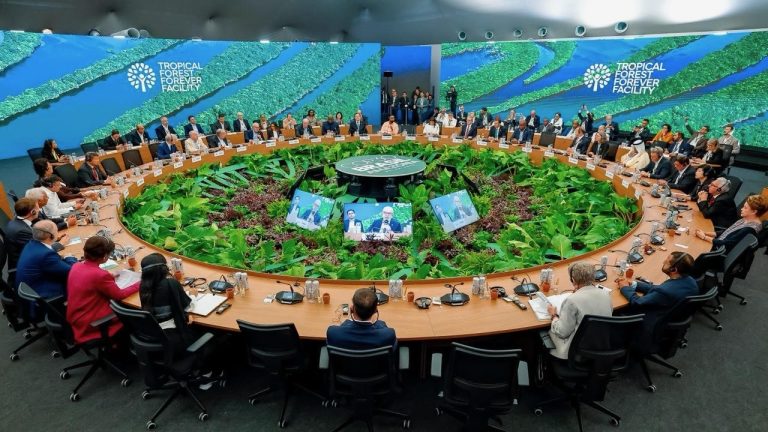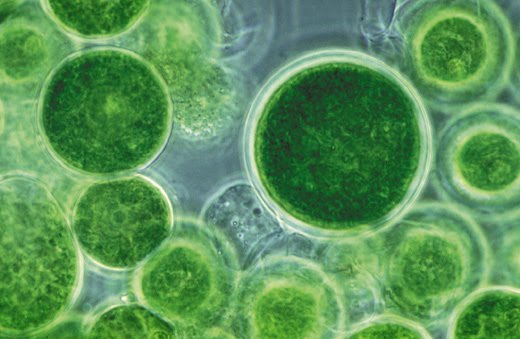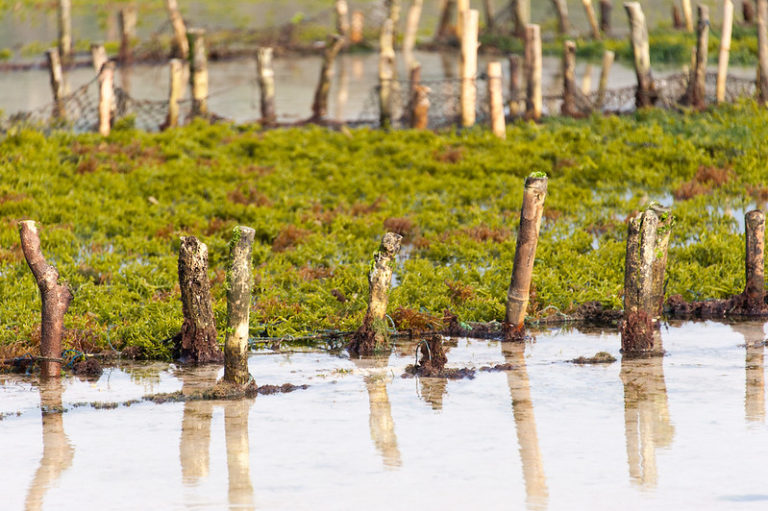
GMOs on the agenda at COP 30
At a time when countries are meeting in Belém, Brazil, to discuss the tools needed to combat climate change, Inf’OGM wishes to shed light on the role of biotechnology in these negotiations. Biotechnology companies are making several promises: GMOs will help combat world hunger and climate change.

Object of all desire, do GM algae really exist?
Algae are the surprise guest in the European Commission’s deregulation proposal. How are these organisms used by the industry? In which countries are they produced? And above all, what genetic modifications are being made for which comercialisation? This overview is of importance because, according to the European Commission, their deregulation – like that of other plant GMOs – would be justified by the “evidence […] on the safety” of these GMOs. However, these GM algae do not exist, as the technical protocols are not yet mastered…

GMO algae: a future raw material for industry
The algae that live in rivers and the sea have been the focus of a great deal of attention in recent years. Whether micro, macro, green, brown, red… they are currently at the heart of an industrial development project for which the European Commission is active. These GMO algae could be deregulated if the European Commission’s July 2023 proposal were to be approved, as they will undergo genetic modification to be transformed into production facilities for pharmaceuticals, cosmetics, food and agrofuels. This article is a first dive into a world that has gone unnoticed until now.

